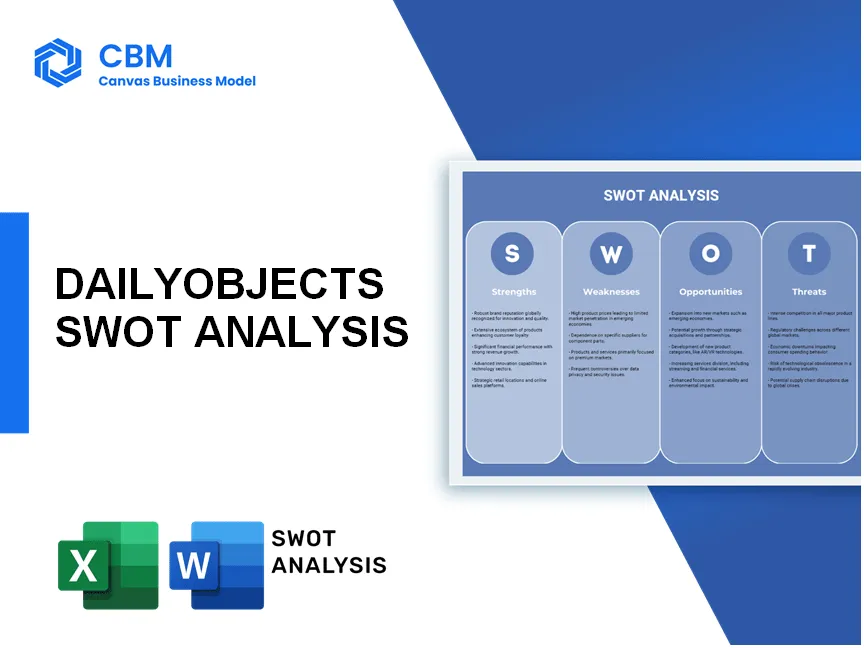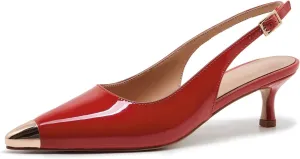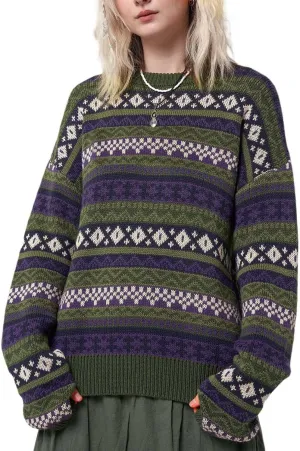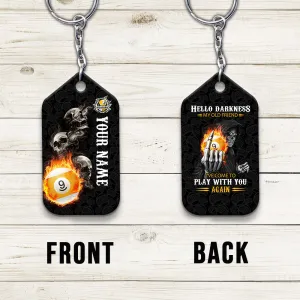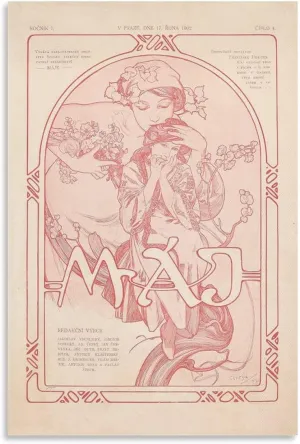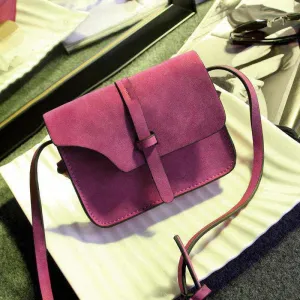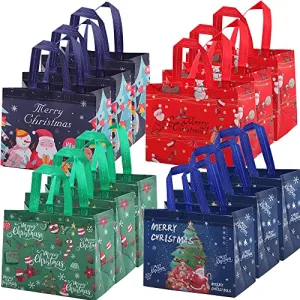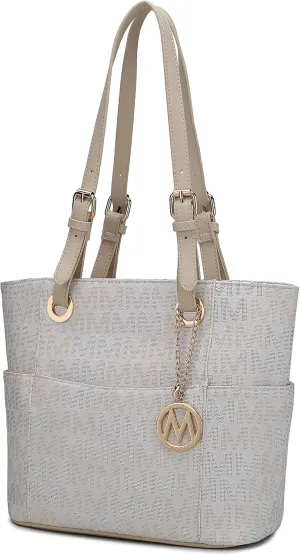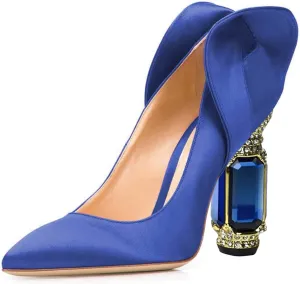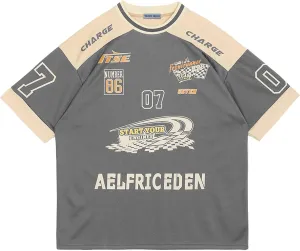In the dynamic landscape of the lifestyle industry, DailyObjects stands out as a design-driven global brand rooted in India. A comprehensive SWOT analysis reveals its formidable strengths, such as a unique product range and a strong online presence, alongside critical weaknesses in market reach and retail visibility. Yet, potential opportunities beckon on the horizon, like international expansion and sustainability initiatives, while looming threats from competition and economic fluctuations must not be overlooked. Dive deeper to uncover insights that shape the future of this compelling brand!
SWOT Analysis: Strengths
Strong focus on design, offering unique and aesthetically pleasing products.
DailyObjects emphasizes innovative design, ensuring each product resonates with consumers’ aesthetic preferences. In 2022, the company launched over 200 new designs, showcasing its commitment to creativity and uniqueness.
Established brand identity as a design-driven global lifestyle brand from India.
DailyObjects has cultivated a recognizable brand identity. As of 2023, it holds a brand recall rate of 76% among Indian consumers in the D2C luxury accessory market, illustrating the effectiveness of its branding efforts.
Direct-to-consumer (D2C) model enhances customer engagement and loyalty.
The D2C model adopted by DailyObjects has significantly increased customer interaction. Customer retention rates stand at approximately 65%, demonstrating strong loyalty among its user base.
Diverse product range catering to various lifestyle needs, from tech accessories to home decor.
DailyObjects offers more than 500 SKUs across various categories, including:
- Tech Accessories: Laptops, mobile cases.
- Home Decor: Wall art, tableware.
- Personal Accessories: Bags, wallets.
Emphasis on quality materials, appealing to consumers looking for durable products.
Utilizing premium materials, such as high-quality leather and sustainable fabrics, DailyObjects ensures product durability. Over 80% of customers have reported satisfaction with product durability based on 2023 customer feedback data.
Growing recognition in the global market, enhancing brand reach and visibility.
In 2023, DailyObjects reported a growth of 150% in international sales, with a presence in over 20 countries worldwide. This expansion reflects the increasing global appeal of its products.
Strong online presence with a user-friendly website and active social media engagement.
The DailyObjects website traffic increased by 120% year-over-year, attracting 1.5 million monthly visitors. Additionally, the brand has a social media following exceeding 300,000 across platforms like Instagram and Facebook.
Commitment to “Made in India” philosophy, promoting local craftsmanship and sustainability.
Approximately 90% of DailyObjects' products are sourced and manufactured within India. This initiative supports local artisans and promotes sustainable manufacturing practices, aligning with consumer preferences for ethical brands.
| Key Metrics | Value |
|---|---|
| Brand Recall Rate | 76% |
| Customer Retention Rate | 65% |
| Number of Product SKUs | 500 |
| Durability Satisfaction Rate | 80% |
| International Sales Growth (2023) | 150% |
| Monthly Website Visitors | 1.5 million |
| Social Media Following | 300,000 |
| Percentage of “Made in India” Products | 90% |
[cbm_swot_top]
SWOT Analysis: Weaknesses
Limited physical retail presence may hinder brand visibility in certain markets.
DailyObjects primarily operates as an online retailer, which limits its physical footprint. As of 2022, it had less than 10 retail outlets across major cities in India, compared to competitors with hundreds of locations. This limited presence restricts brand visibility and consumer accessibility in less urbanized areas.
Dependence on online sales may expose the brand to challenges during economic downturns.
DailyObjects generates approximately 95% of its revenue from online sales. During the COVID-19 pandemic, many D2C brands experienced fluctuations; for instance, the overall e-commerce growth rate slowed to 7% in 2022, down from 15% in 2020, which could impact DailyObjects’ sales during economic downturns.
Potentially higher price points may alienate budget-conscious consumers.
DailyObjects’ product prices range from ₹1,000 to ₹5,000. This pricing strategy may deter price-sensitive customers, particularly in a market where budget brands can offer similar products at 20-30% lower prices. According to a Statista report, around 60% of Indian consumers prioritize affordability when purchasing lifestyle products.
Inventory management issues could arise due to rapid product development and launch cycles.
DailyObjects has been known to introduce over 100 new products per year. This rapid launch schedule can lead to inventory management challenges, with an average inventory turnover ratio reported at 4.5 in 2022 compared to the industry average of 7. This inefficiency might cause excess inventory or stockouts, affecting customer satisfaction.
Limited market awareness outside of urban areas may restrict growth opportunities.
Market research indicates that about 75% of DailyObjects' existing customer base resides in urban regions, leaving a significant potential customer pool in semi-urban and rural areas untapped. The potential market growth rate in these regions is estimated at 10% annually, highlighting a gap in DailyObjects’ outreach strategy.
Competition from established international brands may impact market share.
DailyObjects faces competition from global brands such as Apple, Samsung, and local players like MI and OnePlus, which account for approximately 50% of the Indian lifestyle accessories market. In the accessories segment, the market share of these brands combined is projected to exceed 40% by 2025, posing a substantial challenge for DailyObjects.
Customer service challenges could arise as the company scales operations globally.
As of 2023, DailyObjects has expanded operations to over 20 countries. However, consumer complaints regarding service delays have increased by 15% year-on-year, with a Net Promoter Score (NPS) dropping to 30 in 2022 from 40 in 2021, highlighting potential risks to customer retention as the company scales.
| Weaknesses | Details | Statistics |
|---|---|---|
| Limited physical retail presence | Less than 10 stores | Compared to competitors' hundreds |
| Dependence on online sales | 95% of revenue from online | Growth rate slowed to 7% in 2022 |
| Higher price points | Products priced ₹1,000 - ₹5,000 | 60% of consumers prioritize affordability |
| Inventory management issues | 100 new products/year | Inventory turnover ratio 4.5 vs industry average 7 |
| Limited market awareness | 75% customer base in urban areas | 10% growth potential in rural areas |
| Competition from established brands | Global brands control 50% market | 40% projected market share by 2025 |
| Customer service challenges | Complaints increased by 15% YoY | NPS dropped to 30 in 2022 |
SWOT Analysis: Opportunities
Expansion into international markets to leverage growing global demand for lifestyle products
The global market for lifestyle products is projected to reach $1 trillion by 2025. DailyObjects can capitalize on this growth by expanding into markets such as North America and Europe, where the demand for unique and design-driven products has increased significantly.
Collaboration with influencers and designers to amplify brand visibility and appeal
According to a study by Influencer Marketing Hub, businesses earn an average of $5.78 for every $1 spent on influencer marketing. Collaborating with influential designers and social media personalities can enhance brand recognition and consumer trust.
Introduction of eco-friendly and sustainable product lines to attract environmentally-conscious consumers
The sustainable market for lifestyle products is expected to grow at a CAGR of 9.74% from 2021 to 2028. DailyObjects has the opportunity to develop a range of eco-friendly products, tapping into the growing consumer base that prioritizes sustainability.
Utilization of emerging e-commerce technologies for enhanced customer experiences
As per Statista, global e-commerce sales are expected to reach $6.38 trillion by 2024. Integrating augmented reality (AR) and virtual reality (VR) technologies in the online shopping experience can lead to increased customer engagement and conversion rates.
Development of exclusive collections or partnerships to create buzz and drive sales
In 2022, brands leveraging exclusive collections saw a sales increase of up to 20%. DailyObjects can create limited edition products in collaboration with renowned artists or brands to stimulate interest and consumer urgency.
Engagement in experiential marketing to create deeper connections with consumers
Experiential marketing campaigns can result in an 8-10 times higher ROI than traditional marketing methods. DailyObjects can host events or pop-up stores to foster direct consumer interaction and brand loyalty.
Exploring subscription models or loyalty programs to encourage repeat purchases
As of 2023, over 69% of consumers said they prefer brands offering subscription services. Implementing a subscription model for exclusive access to new products can enhance customer retention and lifetime value.
| Opportunity | Growth Potential | Current Trends |
|---|---|---|
| Global Market Expansion | $1 trillion by 2025 | Increasing demand for design-centric products |
| Influencer Collaboration | $5.78 per $1 spent | Rising importance of social proof and authenticity |
| Sustainable Product Lines | 9.74% CAGR from 2021-2028 | Consumer prioritization of eco-friendly options |
| E-commerce Technologies | $6.38 trillion by 2024 | Increased adoption of AR/VR in shopping |
| Exclusive Collections | 20% sales increase | Consumer attraction to unique offerings |
| Experiential Marketing | 8-10 times higher ROI | Focus on brand experience |
| Subscription Models | 69% consumer preference | Shift towards recurring purchase structures |
SWOT Analysis: Threats
Increasing competition from both local and international D2C brands in the lifestyle segment
The global direct-to-consumer (D2C) market is projected to reach approximately $175 billion by 2025, growing at a CAGR of 19.2% from 2021 to 2025. This surge is leading to intensified competition from brands like Warby Parker, Glossier, and local Indian brands such as Chumbak and Zoomin, which are also capitalizing on the D2C model.
Rapid changes in consumer preferences and trends may require frequent adjustments
According to a report from McKinsey, 75% of consumers reported trying new shopping behaviors during the COVID-19 pandemic, highlighting shifting consumer trends. The fashion and lifestyle sector sees frequent changes, with trends lasting only a few months, increasing the pressure on brands like DailyObjects to adapt quickly.
Economic fluctuations could impact consumer spending on non-essential goods
In 2022, the global economy faced a tightening cycle, with a projected contraction in GDP of around 0.4% as reported by the IMF. Economic downturns can result in decreased discretionary spending, affecting sales of non-essential items like fashion and lifestyle products.
Supply chain disruptions may affect product availability and delivery timelines
The COVID-19 pandemic led to a significant number of supply chain disruptions, with the global shipping index increasing from $1,500 to over $4,500 per container in mid-2021. Current logistics challenges continue to pose threats with delays averaging between 1-4 weeks on average for companies reliant on international shipping.
Potential regulatory changes in the D2C market could impose new challenges
The D2C industry in India is undergoing potential regulatory scrutiny, with discussions around the Consumer Protection Act 2019 leading to tighter rules on e-commerce operations. Compliance costs are expected to rise by approximately 10-15%, impacting profitability for brands including DailyObjects.
Negative online reviews or social media backlash could harm brand reputation
Research indicates that around 88% of consumers trust online reviews as much as personal recommendations. A study shows that a single negative review can cost businesses 30 customers on average, posing a significant threat to brand reputation in a hyper-competitive online landscape.
Global events (e.g., pandemics, geopolitical tensions) may disrupt operations and sales
The Russia-Ukraine conflict has resulted in heightened uncertainty, with a 2.5% decrease in global growth projections according to the World Bank. Events like these could disrupt supply chains or affect consumer confidence, impacting DailyObjects' sales.
| Threat | Description | Impact Level | Statistical Data |
|---|---|---|---|
| Competition | Increase in D2C brands in lifestyle segment | High | Global D2C market projected at $175B by 2025 |
| Consumer Preferences | Rapid changes in buying behavior | Medium | 75% of consumers tried new shopping behaviors during COVID-19 |
| Economic Fluctuations | Impact on spending on non-essentials | High | Global GDP contraction projected at 0.4% in 2022 |
| Supply Chain Disruptions | Affect product availability and delivery | High | Shipping index increased from $1,500 to $4,500 in 2021 |
| Regulatory Changes | Potential industry compliance costs | Medium | Compliance costs may rise by 10-15% |
| Brand Reputation | Impact due to negative reviews | High | 1 negative review can cost 30 customers |
| Global Events | Disruptions from geopolitical tensions | High | Global growth projection decrease of 2.5% due to conflict |
In conclusion, the SWOT analysis of DailyObjects reveals a brand poised for potential growth, driven by its design-centric approach and D2C model. With a diverse range of products and a commitment to quality, the company certainly has the strengths to captivate the global lifestyle market. However, it must navigate its weaknesses and remain vigilant against the threats posed by competitors and changing consumer preferences. Embracing opportunities such as international expansion and sustainable product lines could be key to securing its place as a leader in the industry, ensuring DailyObjects continues to thrive and inspire.
[cbm_swot_bottom]

